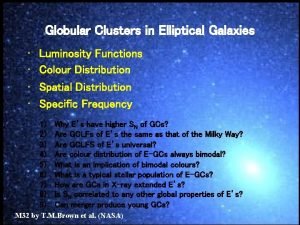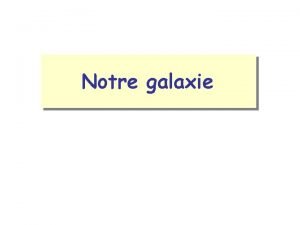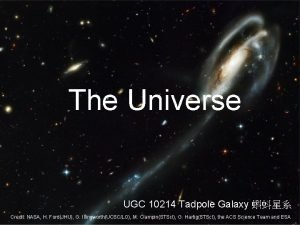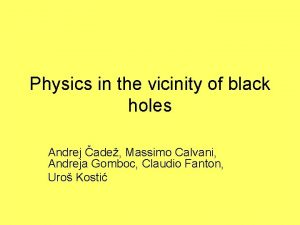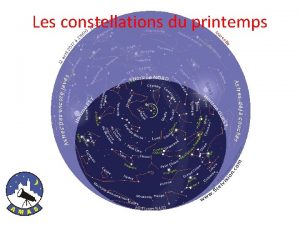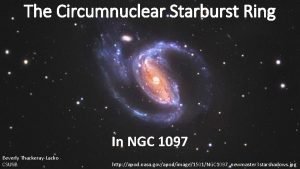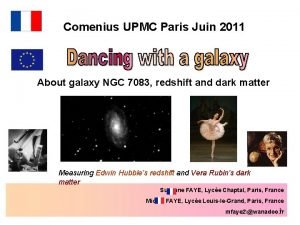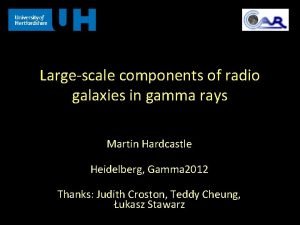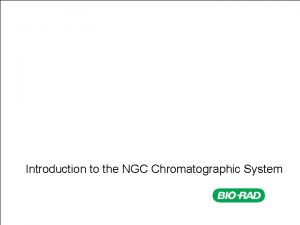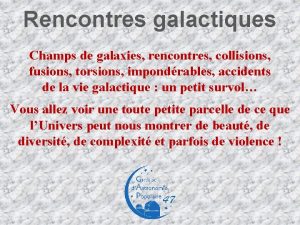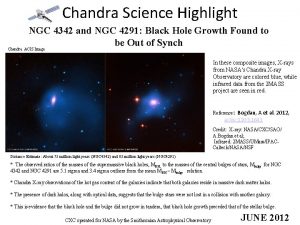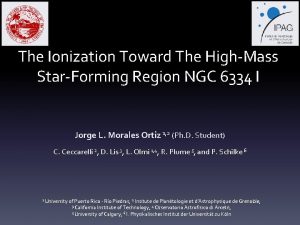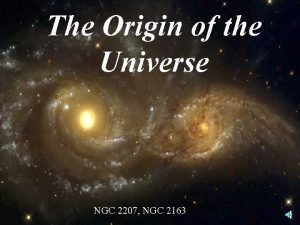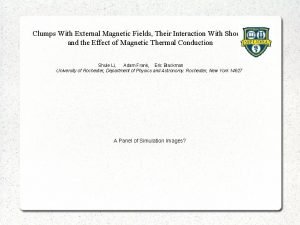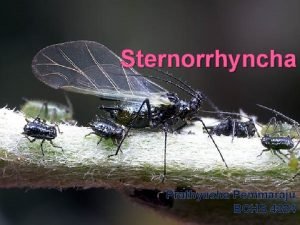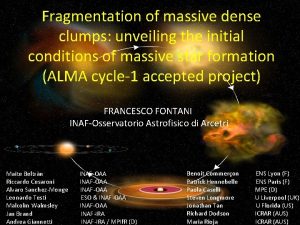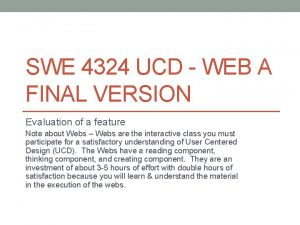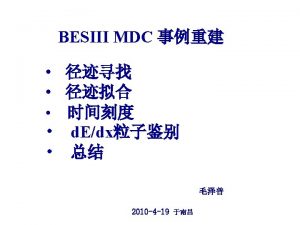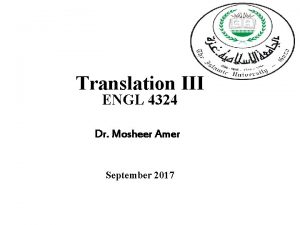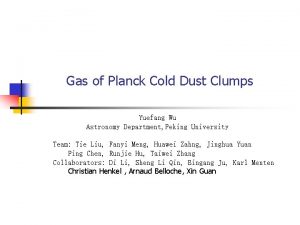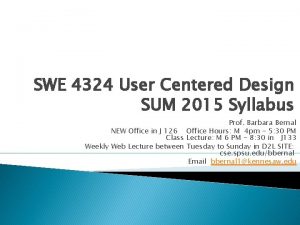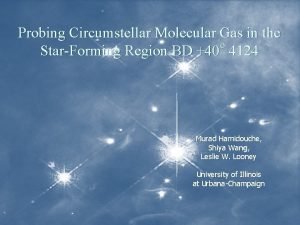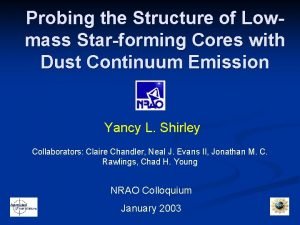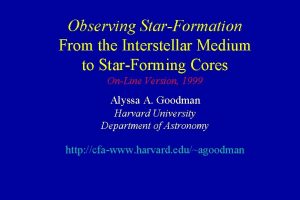Circlet of starforming clumps in NGC 4324 Proshina










![Stellar population properties The estimate of magnesium-to-iron abundance ratios [Mg/Fe] in the galaxy NGC Stellar population properties The estimate of magnesium-to-iron abundance ratios [Mg/Fe] in the galaxy NGC](https://slidetodoc.com/presentation_image_h2/3a7cbe55406e0cf25cea9f861cbff38b/image-11.jpg)

![Gaseous component in the galaxy NGC 4324 Log 10 [SII]Σ/Hα along the radius of Gaseous component in the galaxy NGC 4324 Log 10 [SII]Σ/Hα along the radius of](https://slidetodoc.com/presentation_image_h2/3a7cbe55406e0cf25cea9f861cbff38b/image-13.jpg)




![[NII]-image of the ring in NGC 4324 [NII]-image of the ring in NGC 4324](https://slidetodoc.com/presentation_image_h2/3a7cbe55406e0cf25cea9f861cbff38b/image-18.jpg)
![[NII]-image of the ring in NGC 4324 rclump =2 " 0. 2 kpc [NII]-image of the ring in NGC 4324 rclump =2 " 0. 2 kpc](https://slidetodoc.com/presentation_image_h2/3a7cbe55406e0cf25cea9f861cbff38b/image-19.jpg)

![[NII]-image around of the ring in NGC 4324 [NII]-image around of the ring in NGC 4324](https://slidetodoc.com/presentation_image_h2/3a7cbe55406e0cf25cea9f861cbff38b/image-21.jpg)















- Slides: 36

Circlet of star-forming clumps in NGC 4324 Proshina I. S. in collaboration with Kniazev A. Yu. , Moiseev A. V. , Sil'chenko O. K. SAI MSU of M. V. Lomonosov Diversity of Local Universe 2019 SAO, Nizhnij Arkhyz 01 October, 2019

NGC 4324 MB, mag (Hyper. Leda) -19. 75 MH, mag (NED) -23. 64 v sys, km/s (NED) 1665 Distance, Mpc (NED) 21. 7 z (NED) 0. 0056 Scale, kpc/arcsec 0. 105 M(HI), 108 M⊙ (EDD) 17 M(H 2), 108 M⊙ 0. 9 Environment (Hyper. Leda, NED) Galaxy from group NGC 4303 (23 objects)

Molecular gas distribution in NGC 4324 r-band images (grey-scale and black contours) overlaid with integrated CO(1– 0) contours (yellow) at 10, 30, 50, 70 and 90 per cent of the peak intensity Credit from: Alatalo, K. , Davis, T. A. , Bureau, M. , et al. 2013, MNRAS, 432, 1796.

Observational data 1. The long-slit spectral observations were made with the spectrograph RSS installed at the 11 m telescope SALT in the South African Astronomical Observatory at 10 March 2013. • Summary exposition – 40 min. • The spectral range 3750 – 6850 Ǻ, spectral resolution 5, 5 Ǻ, • The slit width was 1, 25 arcsecond. • The slit was aligned with the major axis of the galaxy; PA = 233˚. 2. Detailed study is based on the data obtained with an imaging instrument Ma. NGal – a narrowband tunable filter – developped in the SAO RAS. 3. Also we have used optical, UV and IR images from SDSS, GALEX and WISE archives respectively.

Kinematics of stars and gas in the NGC 4324 The line-of-sight velocities of the ionized gas in the galaxy were determined by means of Gaussian multi-component fitting of the [NII] 6548+6583+Hα(emission)+Hα(absorption) line blend and the [OIII] 5006. 9 and [SII] 6716. 4, 6730. 6 emission lines. The line-of-sight velocities of stars in the galaxy were determined by means of cross-correlating blue-green part (4050 -5590 ǺǺ) of the spectra with the spectrum of a K-giant star.

Kinematics of stars and gas in the NGC 4324 Line-of-sight velocities in NGC 4324 1900 1850 1800 V l-o-s, km/s 1750 1700 1650 1600 1550 1500 1450 -70 -60 -50 -40 Vel stars, km/s -30 -20 1400 -10 0 Vel [NII], km/s 10 20 r, arcsec Vel Ha gas, km/s 30 40 50 60 Vel [SII]6716. 4 70 80 90 Vel [SII]6730. 6 100

Results of the isophote analysis 1. Position angle of the galaxy NGC 4324 along the radius r, arcsec

Results of the isophote analysis 2. The isophote ellipticity of the galaxy NGC 4324 along the radius r, arcsec

Results of the isophote analysis 3. Profile of surface brightness of the galaxy NGC 4324

Stellar population properties • Measurement of the Lick indices (Hβ, Mgb, Fe 5270, Fe 5335) along the radius (major axis). • Estimation of the SSP-equivalent ages, metallicities and magnesium-to-iron abundance ratios by means of diagnostic diagram (Thomas D. , Maraston C. , Bender R. , 2003).
![Stellar population properties The estimate of magnesiumtoiron abundance ratios MgFe in the galaxy NGC Stellar population properties The estimate of magnesium-to-iron abundance ratios [Mg/Fe] in the galaxy NGC](https://slidetodoc.com/presentation_image_h2/3a7cbe55406e0cf25cea9f861cbff38b/image-11.jpg)
Stellar population properties The estimate of magnesium-to-iron abundance ratios [Mg/Fe] in the galaxy NGC 4324 along the radius The estimate of SSP-equivalent ages and metallicities of the stellar population in the galaxy NGC 4324 in the center (r<3''; 3"<r≤ 6‘’), in the inner disk (7''≤r≤ 16") and in the ring-like region (17''≤r≤ 35")

Gaseous component in the galaxy NGC 4324 EW of the emission lines variation in the galaxy NGC 4324 12 10 EW, Ǻ 8 EW Hα 6 EW [NII] 4 EW [SII]6716. 4 2 EW [SII]6730. 6 0 -40 -35 -30 -25 -20 -15 -10 -5 0 5 10 15 20 25 30 35 r, arcsec Log 10 [NII]6583/Hα Log 10[NII]6583/Hα along the radius of the galaxy NGC 4324 0, 5 0, 4 0, 3 0, 2 0, 1 0 -40 -35 -30 -25 -20 -15 -10 -0, 1 -5 0 5 10 15 20 25 30 35 -0, 2 -0, 3 -0, 4 -0, 5 r, arcsec
![Gaseous component in the galaxy NGC 4324 Log 10 SIIΣHα along the radius of Gaseous component in the galaxy NGC 4324 Log 10 [SII]Σ/Hα along the radius of](https://slidetodoc.com/presentation_image_h2/3a7cbe55406e0cf25cea9f861cbff38b/image-13.jpg)
Gaseous component in the galaxy NGC 4324 Log 10 [SII]Σ/Hα along the radius of the galaxy NGC 4324 0, 6 0, 5 0, 4 0, 3 Log 10 [SII]/Hα 0, 2 0, 1 0 -70 -65 -60 -55 -50 -45 -40 -35 -30 -25 -20 -15 -10 -5 0 -0, 1 -0, 2 -0, 3 -0, 4 -0, 5 r, arcsec 5 10 15 20 25 30 35

Gaseous component in the galaxy NGC 4324 For ring-like region in the gaseous disk we have used BPT-diagnostic diagrams (Kewley L. J. et al. , 2006) to separate gas excitation mechanisms

Gaseous component in the galaxy NGC 4324 Estimation electron density in the ionized gas by using relation EW[SII]6716. 4/EW[SII]6730. 6 and nomograme by Osterbrock & Ferland (2006) Ratio EW[SII]6716. 4/EW[SII]6730. 6 along the radius of the galaxy NGC 4324 <Ne>, cm-3 Electron density along the radius of the galaxy NGC 4324 -30 -25 -20 -15 -10 1200 1000 800 600 400 200 0 -5 0 r, arcsec 5 10 15 20 25 30

Hα-image of the ring in NGC 4324

Hα-image of the ring in NGC 4324 rclump =2 " 0. 2 kpc
![NIIimage of the ring in NGC 4324 [NII]-image of the ring in NGC 4324](https://slidetodoc.com/presentation_image_h2/3a7cbe55406e0cf25cea9f861cbff38b/image-18.jpg)
[NII]-image of the ring in NGC 4324
![NIIimage of the ring in NGC 4324 rclump 2 0 2 kpc [NII]-image of the ring in NGC 4324 rclump =2 " 0. 2 kpc](https://slidetodoc.com/presentation_image_h2/3a7cbe55406e0cf25cea9f861cbff38b/image-19.jpg)
[NII]-image of the ring in NGC 4324 rclump =2 " 0. 2 kpc

Hα-image around of the ring in NGC 4324
![NIIimage around of the ring in NGC 4324 [NII]-image around of the ring in NGC 4324](https://slidetodoc.com/presentation_image_h2/3a7cbe55406e0cf25cea9f861cbff38b/image-21.jpg)
[NII]-image around of the ring in NGC 4324

Distance variations between centers of the clumps 1, 40 1, 20 Δr, kpc 1, 00 0, 80 0, 60 0, 40 0, 20 0, 00 18 -1 1 -2 2 -3 3 -4 4 -5 5 -6 6 -7 7 -8 8 -9 9 -10 10 -1111 -1212 -1313 -1414 -1515 -1616 -1717 -18 Pair of clumps

Distinguish between HII and DIG regions/clumps Threshold log ΣHα of 39 adopted by Zhang K. , et al. , 2017, MNRAS, 466, 3217

Distinguish between HII and DIG regions/clumps

Variation of gas metallicity along the ring in NGC 4324 Estimation gas metallicity by using formula (Pettini & Pagel, 2004) only for regions with gas excitation dominated by the star-forming : 12+log(O/H)=8, 90+0, 57*(log{[NII] 6583/Hα})

FUV-image of the ring in NGC 4324

NUV-image of the ring in NGC 4324

SFR density variations along the ring -1 Lg Σ SFR_Ha Log Σ SRF -1, 5 Lg Σ SFR_FUV Lg Σ SFR_NUV -2 -2, 5 -3 1 2 3 4 5 6 7 8 9 10 11 12 13 14 15 16 17 18 No. clump Note: determination of star formation rates by using the formulas from R. C. Kennicutt, N. J. Evans. Annu. Rev. Astron. Astrophys. 2012. 50: 531– 608

u (SDSS) image of the ring in NGC 4324

g (SDSS) image of the ring in NGC 4324

r (SDSS) image of the ring in NGC 4324

i (SDSS) image of the ring in NGC 4324

z (SDSS) image of the ring in NGC 4324

WISE_W 4 (22 μm)-image of NGC 4324

Summary • In the lenticular galaxy NGC 4324 molecular, atomic and ionized gas is detected. • The gaseous disk and ring in the NGC 4324 is coplanar with respect to the stellar disk. • The ionized gas is excited by star-forming process observed in a ring-like region at distance 2. 5 kpc from the center and width about 0. 5 kpc along the radius. • Star formation is very inhomogeneous along the ring. Star-forming regions are assembled into the clumps with possible radius about 0. 2 kpc and characteristic distance between centers of the clumps about 0. 4 – 0. 5 kpc. • At the same distance from center the stellar and gaseous metallicities are different: the gas reveals near-solar oxygen abundance while the stellar population at the same radius is metal-poor. • Starformation in clumps proceeds in form of brief bursts, presumably, repeating during a few hundred Myr. • Possible sources of the gas accretion may be minor merging with gas-rich satellites.

Thank you for attention!
